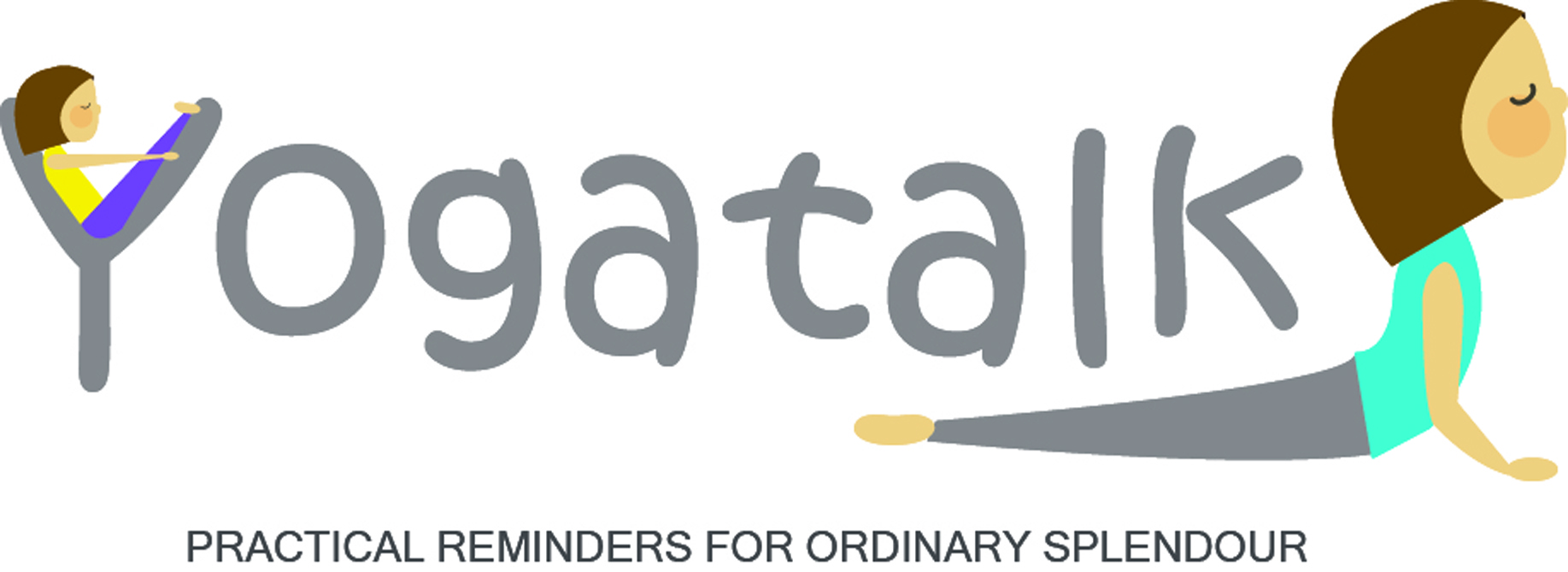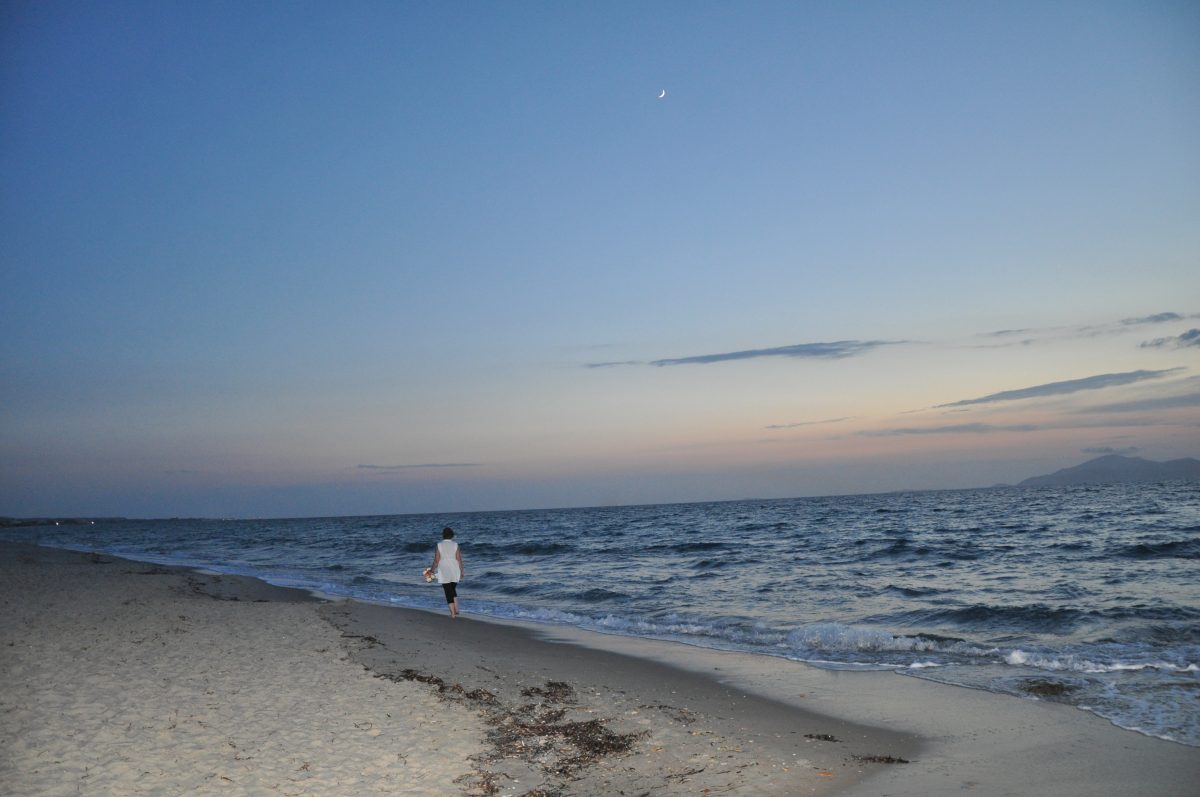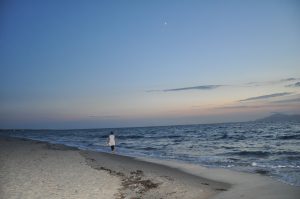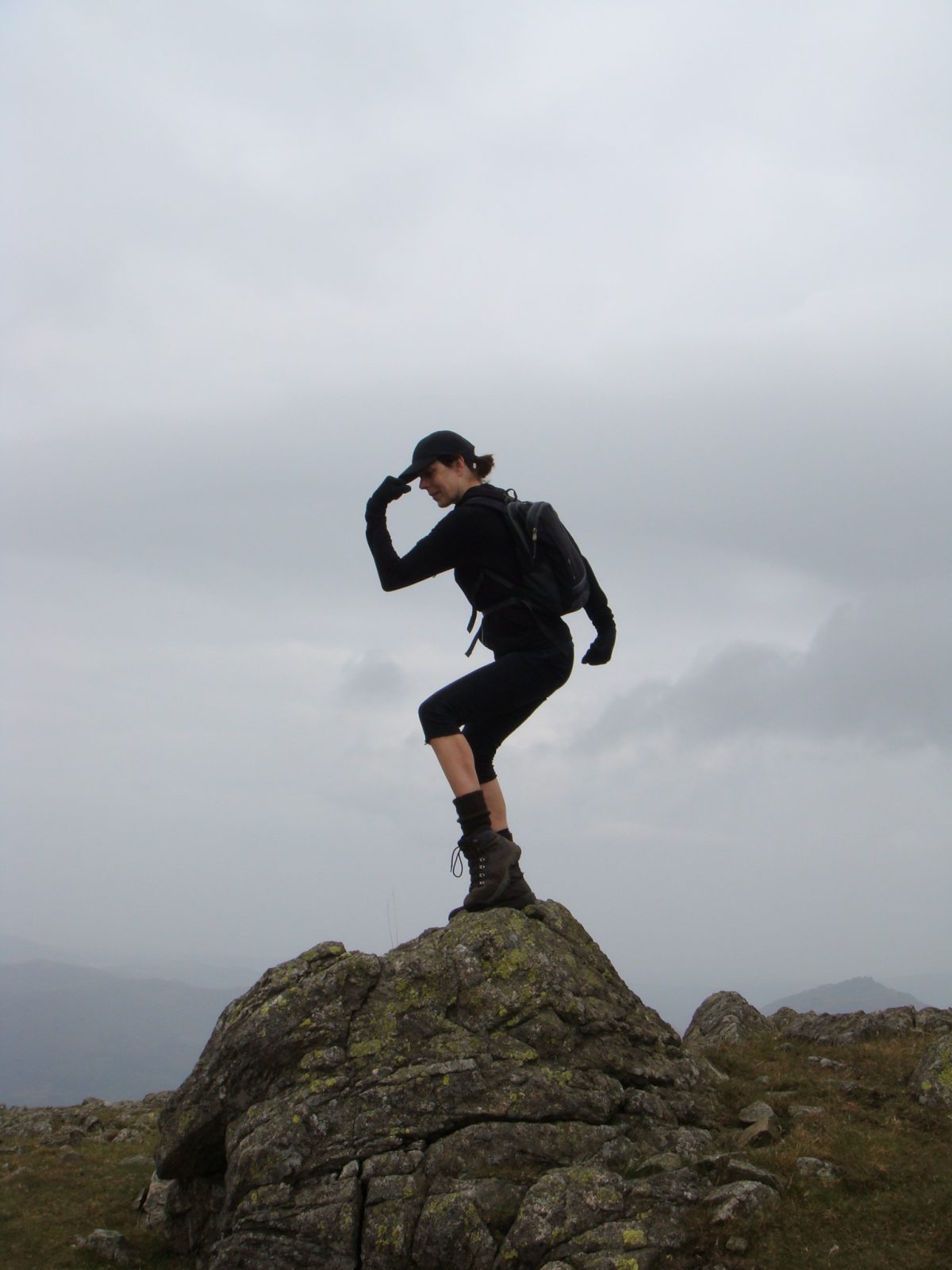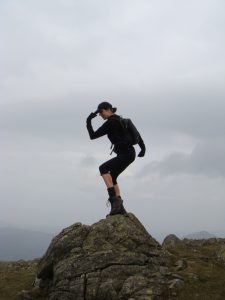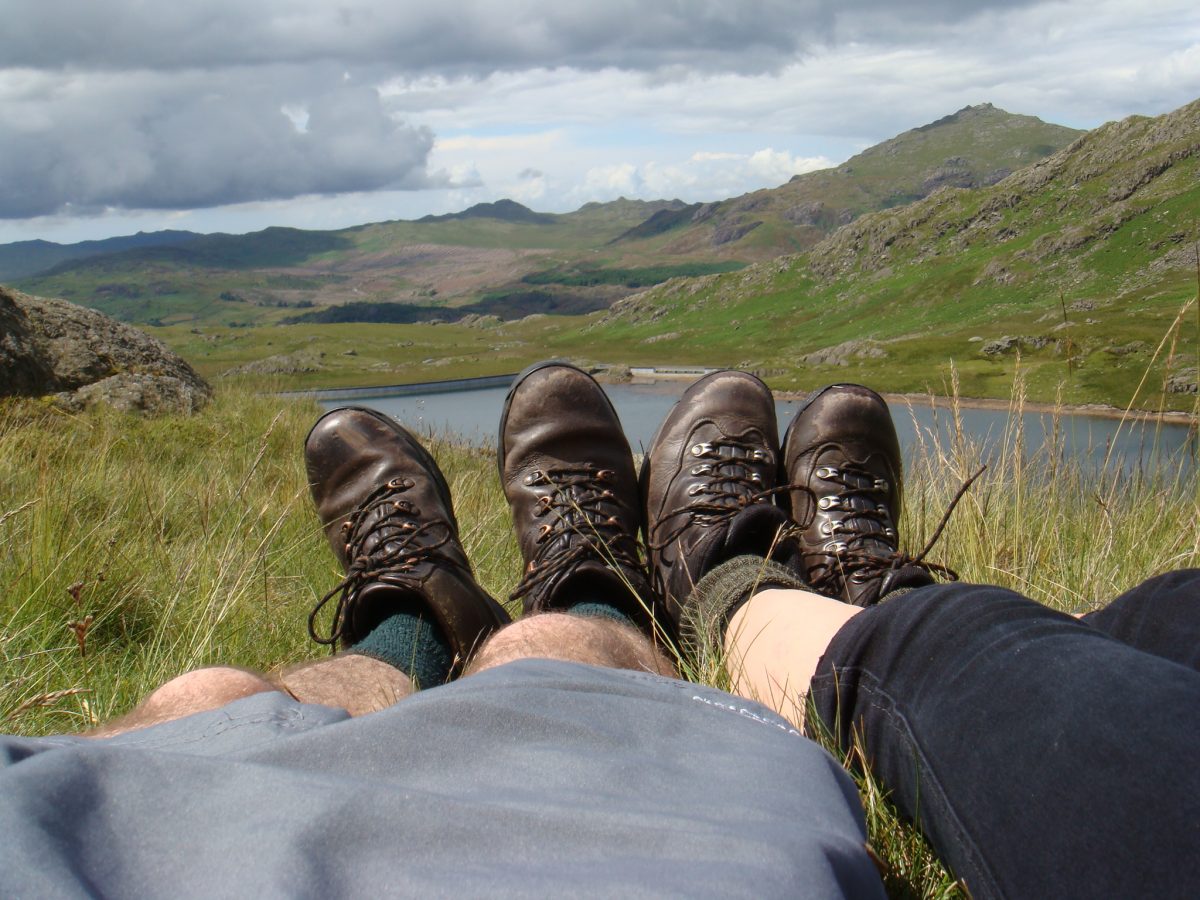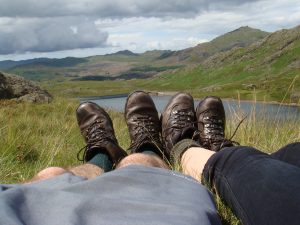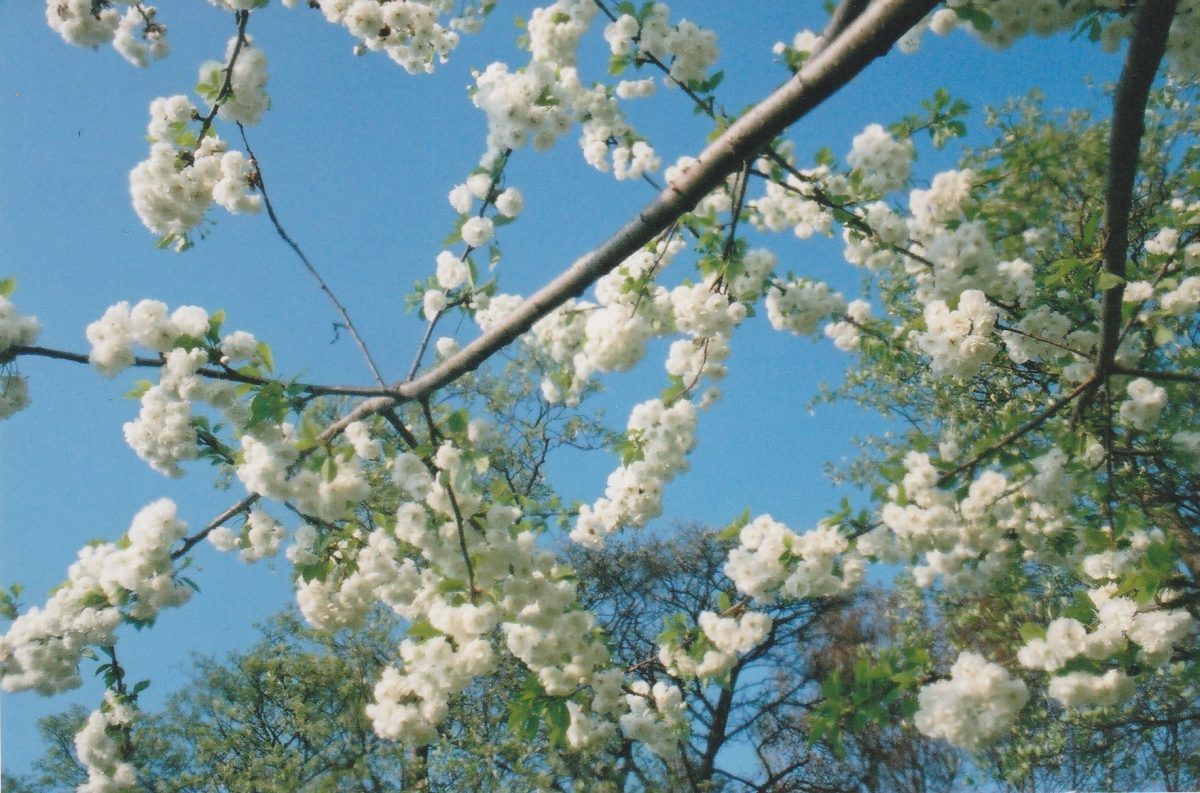Let’s get straight to the point. What I’m thinking is… throw the shoes to the back of the cupboard!! ‘Have I lost my senses?’ Maybe I have, or maybe I’ve just gone to sleep. Let me explain…
Consider what it feels like when you cover your ears, they don’t work properly, the sound is muffled. In other words the sense of hearing is dulled and the sensitivity is lost.
Imagine the same scenario with your feet. Put on a lovely comfortable pair of supportive shoes. The result is the feet are so cosy they go to sleep. They have nothing to do, no ground to feel, no heat or cold sensation. In other words, they’ve stopped having to bother. We may even work harder to search for sensation by stamping or hitting the ground harder in order to compensate. This can have the knock-on effect of creating tension or damage in the joints.
SET THEM FREE!
Kick off the shoes and socks, walk along that lovely shag pile that cost a fortune. Let the wool tickle the toes. As the feet feel what is beneath them, enquire where the weight is. Feel the toes spread as the weight shifts to the front of the feet. Feel how much they are able to bend when there are no shoes to stop them.
Take it to the beach for the wow factor or walk on the early morning dewy grass before breakfast. This will wake up the feet and let them feel again.
Clearly it would be poor advice to say no to footwear completely. It’s obviously not a good look with the interview outfit or at the busy shopping centre. We need to be aware of the hidden dangers of walking on unsuitable surfaces or being hurt by sharp objects. Let’s do it when we can. There’s nothing like the feeling of the ground beneath the feet or feeling the earth rise up to meet us as we walk. So feel your feet on the ground and let the floor be your friend.
(Inspired by my deliciously very touchy feely feet and an article I listened to by Leslie Kaminof)
